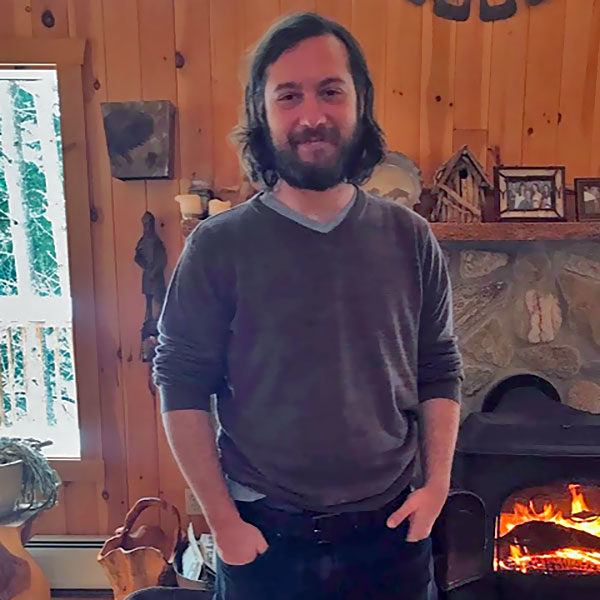
Home / Events / A Crack in Nuclear Mirror Symmetry
A Crack in Nuclear Mirror Symmetry
Presented By: Daniel E.M. Hoff / Daniel_Hoff@uml.edu
Dan is currently a postdoctoral research associate at University of Massachusetts Lowell, joining shortly after finishing his PhD at Washington University in St. Louis under Dr. Lee Sobotka in 2018. He has worked on many different projects in his nuclear science career from searching for neutron-rich Hf K-isomers to studying isospin symmetry with beta-decay spectroscopy. He finds the nuclear landscape rich with systems to explore and his current research interests include nuclear reaction dynamics, nuclear structure, and nuclear astrophysics.
